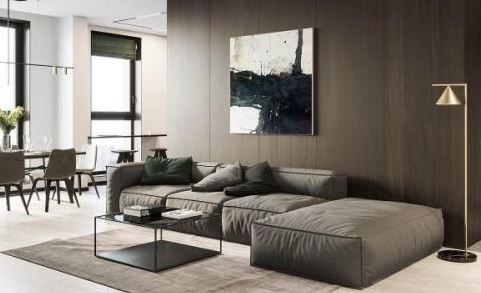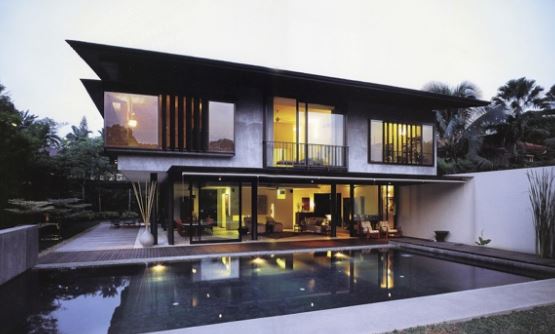
Preface
Australian real estate based on private housing ownership is a new concept in the 20th century. The houses were and have been designed and built for the people of the past few centuries. The result is discrimination and exclusion of housing, and it becomes increasingly unbearable. We increasingly need housing that can adapt to life in the 21st century.
The Australian Housing and Urban Research Institute (AHURI) released a report on housing in the 21st century and pointed out the unique factors of life in the 21st century, which have a direct impact on housing. The biggest of these influences are risk indicators, a term originally defined by sociologist Ulrich Beck. The AHURI report states:
Changes in the economic and social structure have eroded the certainty of the previous Fordist or industrial society and led to a process of “individualization” in which individuals and families are increasingly faced with the rapidly changing social and economic environment. Risks and opportunities.
These risks take many forms: limited continuous employment opportunities, an aging population and an uncertain age, or separation and divorce from a partner. All these factors will greatly change the housing situation. Without delving into the Australian housing literature in the 21st century, it is clear that the temporaryization of labor and the gig economy are incompatible with 30-year bank loans for fixed assets such as houses. Existing housing methods from apartments to detached houses are too flexible. Instead, we need more flexible housing options that can adapt to the risks of life in the 21st century.
This may explain the popularity of the “small house movement”. Small houses provide flexibility for life in the 21st century. They are removable and can be packaged and stored. This is an asset that is easier to liquidate than a house. However, small days are not for everyone. There are design-led flexible housing solutions that do not require people to move to cramped places.
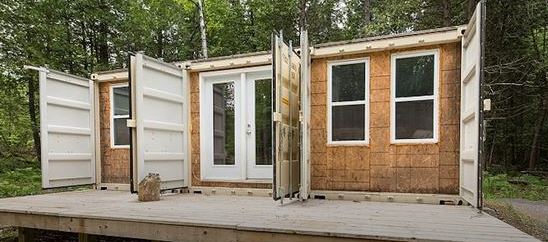
So what is this house like
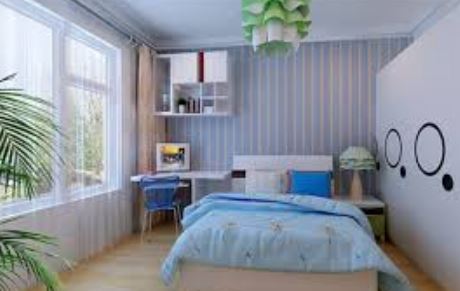
Two flexible-shell, one-room towers in Victoria (2017) were designed by Phorm Architecture+ in collaboration with Silvia Micheli and Antony Moulis in Australia. They complement the existing inner city houses. One Room Tower is a standalone pavilion, carefully designed and open layout, rather than being added to the house in the traditional way. The extra space can be adjusted to provide many different uses to meet the needs of its residents.
This innovative design provides much-needed flexibility and recently won the Queensland Architecture Award. Another example is in the suburbs of Queensland. The House of Two Pavilions (2014) was designed by Kirsty Volz and David Toussaint. The house is divided into two pavilions, an outdoor public space connected to an internal courtyard.
This design provides a flexible way of occupancy: it can be used as an independent three-bedroom house or a two-bedroom house with a separate bed. The result is that multi-generational families can live in, provide rental income, and merge home offices or houses in a second residential area.
It’s not just room layout that provides flexibility in these houses. Need careful consideration during the development and design process. Things to consider include: the order of entry (entering and leaving the house and/or room); the adjacency of the rooms to maintain privacy, safety and adequate fire isolation; and the provision of services such as kitchen, bathroom and laundry, some of which can be shared. Both houses provide flexible living arrangements while still complying with the requirements of building codes.
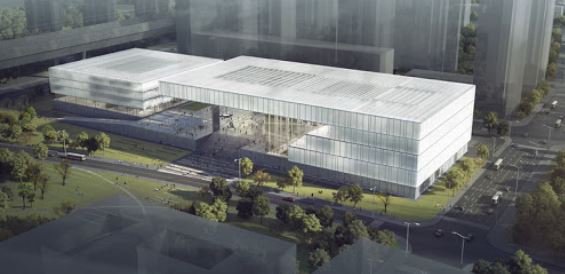
Supervision needs to be reconsidered
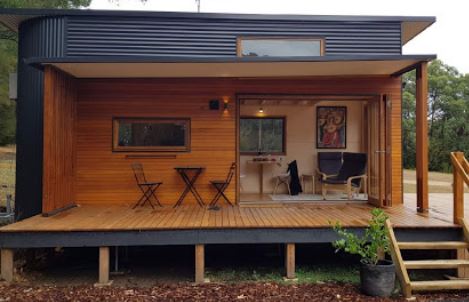
More and more housing solutions can meet the needs of multi-generation housing, providing accommodation for elderly parents or adult children. The grandma’s house is a good example.
However, some of these solutions do not comply with building regulations. If these houses cannot provide adequate health and safety, fire isolation or protection of property safety, it is worrying. Well-designed and suitable residences are required to safely provide a variety of accommodation options.
Some local authorities should also re-evaluate regulations and consider how they can safely meet the needs of flexible and adaptable housing. Flexible “loose fit” housing will provide more housing options. Moreover, in doing so, it will cover all aspects of society more broadly-diversified housing in a diversified society.
By adapting housing to the needs of everyone in a risky society, flexible housing may also become the leading design solution for housing affordability. The existing housing stock is designed according to the number of bedrooms and bathrooms that attract the market, so it cannot respond to the 21st century housing demand.
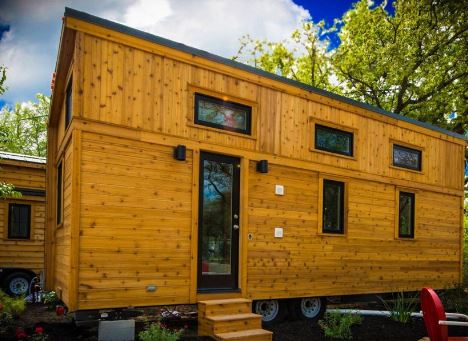
Look at the furniture setting
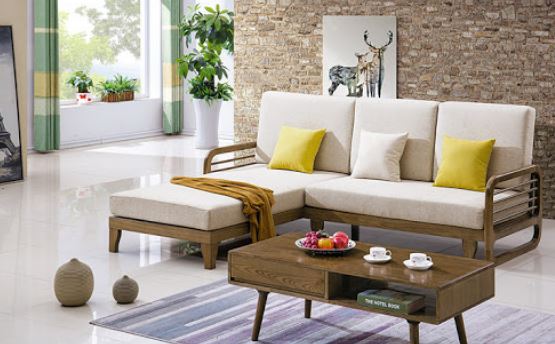
For small apartments, it is a dream to have a home improvement layout that can realize different functions through spatial changes. Simply put, a space has multiple functions at the same time to meet the different needs of residents.
Small apartment homes lack independent study space. You can try to use partitions in the larger living room to create a semi-open study office area. For most apartment types, the balcony at home is not only for growing flowers and plants, and drinking tea for leisure. At the same time, it also shares more for you, washing, drying clothes and even entering the house (for some apartment types, the door is opened at the balcony); if your current balcony layout has a waste of space or has given you life Cause bad effects, you can consider custom balcony cabinets.
There are no guest rooms in a small apartment, so relatives and friends often have to sleep on the sofa or floor when staying overnight? How to change this embarrassing situation, I recommend Sophia’s stand-up bed. The folding part of the vertical turning bed is made of high-quality hardware connectors, which are stable and do not shake, and the platoon frame has a large enough load-bearing capacity, and the size is also very suitable.
Use the folding dining table to free up a parent-child play area, but don’t underestimate the small 1 square meter hidden here. Put away 1 square meter here to free up space for activities and enjoy your own yoga time; friends come to party and the meal ends , You can put the table away to free up more space, play games together, and instantly become a rest room.
